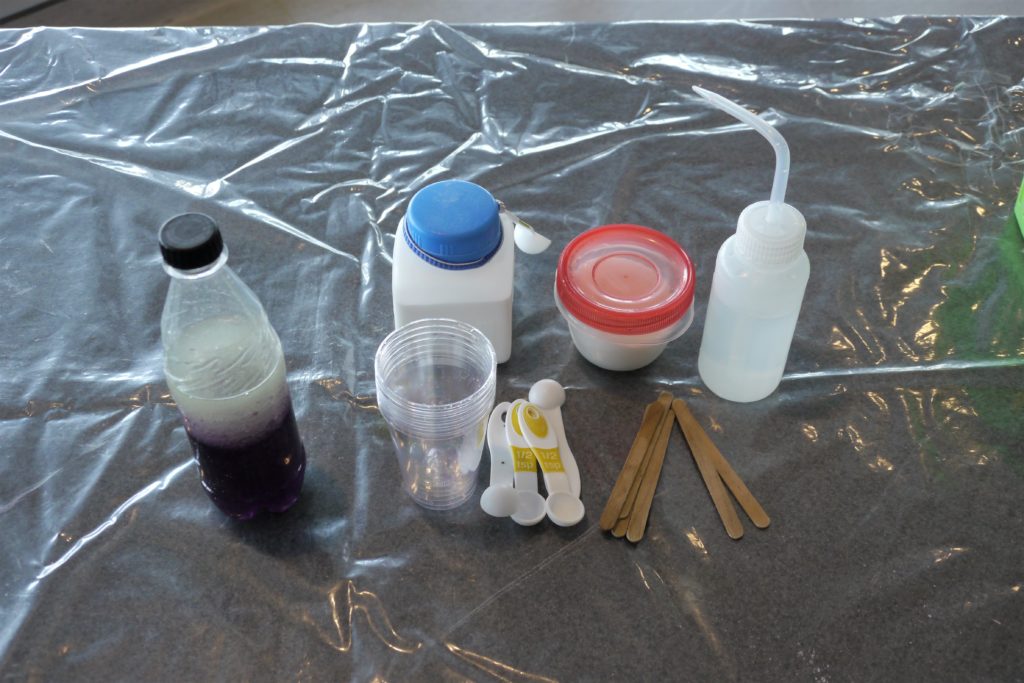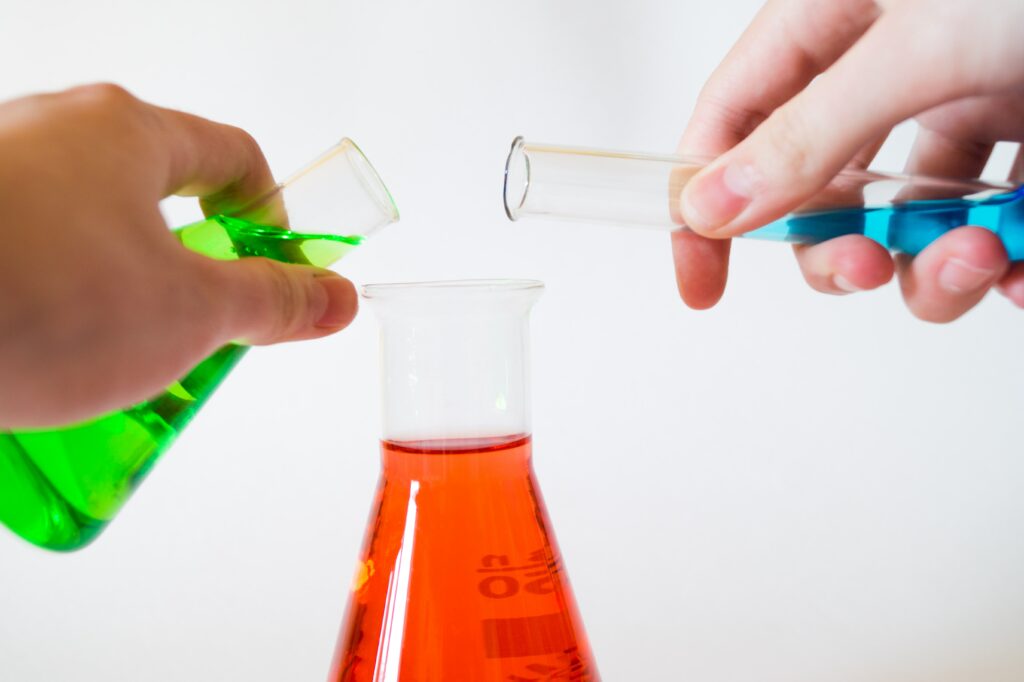In this demonstration, students will see what happens when an air-filled balloon comes into contact with liquid nitrogen.
An air-filled balloon will contract after contact with liquid nitrogen. Air is a mixure of gases including oxygen and nitrogen. These gases condense or change state from gas to liquid air when the balloon is cooled with the liquid nitrogen.
When the frozen balloon containing unfrozen air is placed into something or onto a surface that is hotter than the boiling point of the liquid air, the mixture of air molecules return back to the gas state and the balloon expands out with the air's pressure again. This occurs because the liquid air molecules heat up and change back into a gas state.

